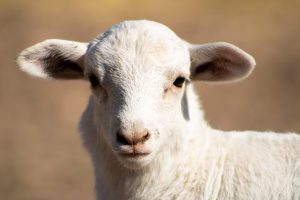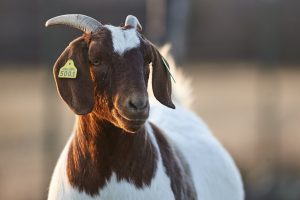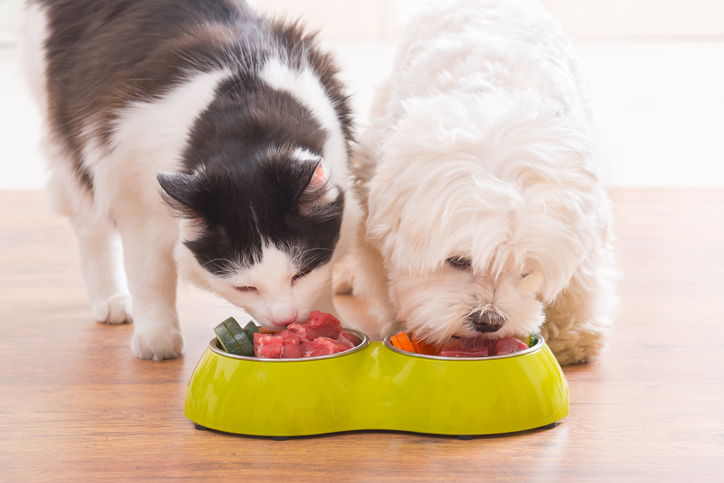Lambing and kidding season may typically be associated with springtime, but more and more producers are shifting to get newborns on the ground earlier. Lambs and kids born in the first few months of the year have more time for growth and will be heavier at weaning — benefits for both the production and show sides of the industry.
Maximizing the benefits of earlier lambing and kidding means minimizing the impacts of cold weather stress on ewes and does, as well as newborn lambs and kids.
“Regardless of whether you’re in Arizona or Michigan, taking a few extra steps to prepare ewes and does to lamb or kid earlier in the year will help you manage the impacts of colder weather on your animals,” says Clay Elliott, Ph.D., small ruminant nutritionist with Purina Animal Nutrition.

Keep these winter tips in mind when preparing for lambing or kidding in colder temperatures:
Start with mineral
When you think about winter feeding and management, you likely think of heat lamps, barn ventilation, warm bedding, or other tried and true tips that help provide a smooth lambing or kidding experience in cold weather.
But, Elliott says one thing is more important — feeding a quality mineral.
“To me, mineral is absolutely the most important step,” says Elliott. “The last thing you want to deal with in below-freezing temperatures is lambing or kidding issues. Feeding a quality mineral can help get babies on the ground with fewer issues.”
Monitor body condition score
Cold temperatures mean ewes and does need to expend more energy to maintain normal body functions and regulate temperature. Evaluating body condition score (BCS) before lambing and kidding can help ensure ewes and does have the proper amount of energy to keep themselves warm, recover from birth and tend to their newborns.
“I’m a firm believer that ewes and does should be in at least a BCS of 3, or even a 3.5, before lambing and kidding,” says Elliott. “If they have a little extra energy, they’ll be more durable and more prepared.”

Feed more forage and water
One way to help ewes and does maintain body condition when lambing or kidding in colder temperatures is feeding more forage.
“When animals metabolize feed, the process creates heat that can help keep them warm,” says Elliott. “Hay or forage creates more heat than other feeds like corn or fats because animals must spend more time breaking down forages in the digestive system.”
The other side of the coin is water. Providing animals with fresh, clean water and frequently checking to ensure water sources aren’t frozen is essential to help with digestion.
“It’s a combination of forage and water that will help animals stay warmer,” adds Elliott.
Keep newborns warm and dry
Newborn lambs and kids are tougher than you might realize. They can handle a lot and continue to thrive. One thing they can’t handle is not getting dry quickly enough after birth.
“Hypothermia is a big concern for newborn lambs and kids – no matter the temperature,” says Elliott. “Anytime newborns are wet and there’s a breeze, they will get cold.”
If the ewe or doe isn’t drying off a newborn immediately after birth, you may need to dry it with a towel. Heat lamps can also be a good tool for newborns that do get cold or in extremely cold weather.
“The biggest thing is making sure lambs and kids get dry and start nursing so they can have a strong start,” says Elliott. “If you have those two things covered, they can withstand a lot from that point on.”

With a few proactive nutrition and management steps, you can capitalize on the benefits of earlier lambing and kidding while reducing the impacts of cold weather stress on your animals. This piece was submitted by Purina.
